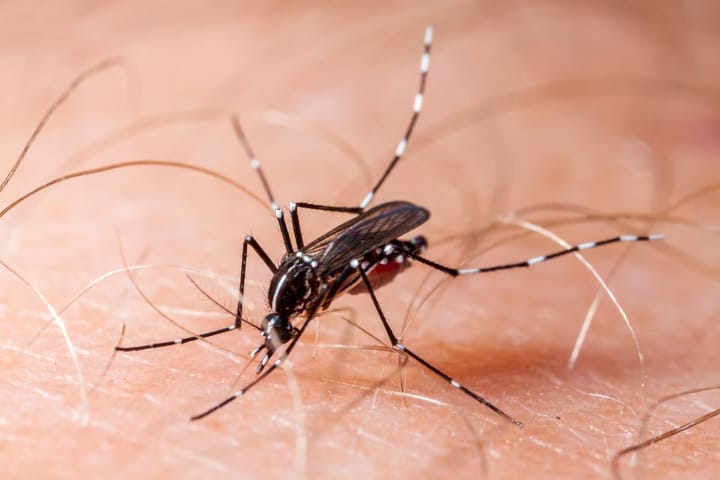Exclusion vs. Eradication: Choosing the Right Rodent Control Strategy
Choosing between rodent exclusion or eradication depends on infestation severity, environmental factors, and long-term goals for effective control.

When faced with a rodent infestation, homeowners and businesses often decide whether to focus on exclusion or eradication as their primary rodent control strategy. Each approach has its merits, and the choice depends on factors such as the severity of the infestation, environmental considerations, and long-term goals.
Understanding the nuances of exclusion and eradication is crucial in areas like Springdale, AR, where rodent control is a common concern. This article explores the two strategies and their applications, emphasizing the importance of seeking professional advice for effective rodent control in Springdale AR.
Exclusion: Preventing Entry
Definition: Exclusion involves preventive measures to seal entry points and deny rodents access to the property. This strategy aims to create a barrier that keeps rodents out, addressing the issue at its source.
Common Methods: Sealing cracks and gaps in walls, foundations, and windows is a fundamental step in exclusion. Installing door sweeps, using mesh screens, and maintaining a well-kept environment are also part of this strategy.
Benefits: Exclusion is a proactive approach to prevent rodent entry, making it an environmentally friendly option. It reduces the need for ongoing chemical treatments and minimizes rodenticide risks.
Considerations: Exclusion prevents initial infestations or keeps rodents out of specific areas. However, more may be needed to address existing infestations, requiring additional eradication methods.
Eradication: Eliminating Existing Infestations
Definition: Eradication focuses on eliminating existing rodent populations within a property. This approach often involves using traps, rodenticides, and other targeted methods to reduce the current infestation.
Common Methods: Trapping and baiting are primary methods of eradication. Traps can be placed strategically to capture rodents, while rodenticides are used to control populations. Professional services may implement these methods based on the severity of the infestation.
Benefits: Eradication provides a quicker solution to an existing rodent problem. It is often necessary when exclusion alone is insufficient due to the size or persistence of the infestation.
Considerations: While eradication is effective for immediate results, ongoing preventive measures, such as exclusion, are still essential to maintain a rodent-free environment in the long term.
Integrated Approach for Comprehensive Rodent Control
Professional Guidance: Seeking professional advice from services like rat exterminators is crucial for determining the most suitable approach. Professionals can conduct thorough inspections, assess the severity of the infestation, and recommend a tailored strategy that may include a combination of exclusion and eradication methods.
Environmental Impact: Consider the environmental impact of rodent control methods. Working with professionals ensures that the chosen strategy aligns with environmentally friendly practices, minimizing harm to non-target species and ecosystems.
Conclusion
Choosing between exclusion and eradication as a rodent control strategy depends on various factors, and often, a combination of both approaches is necessary for comprehensive and effective results. In Springdale, AR, and similar regions, where rodent control is a pressing concern, seeking guidance ensures that the chosen strategy aligns with the property's specific needs and contributes to long-term success in managing rodent infestations.
By understanding the strengths of each approach, property owners can make informed decisions that prioritize both immediate results and sustainable rodent control practices.




Comments ()